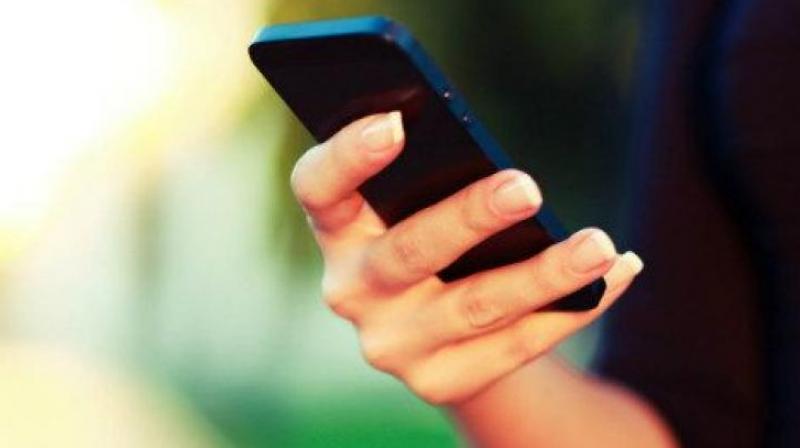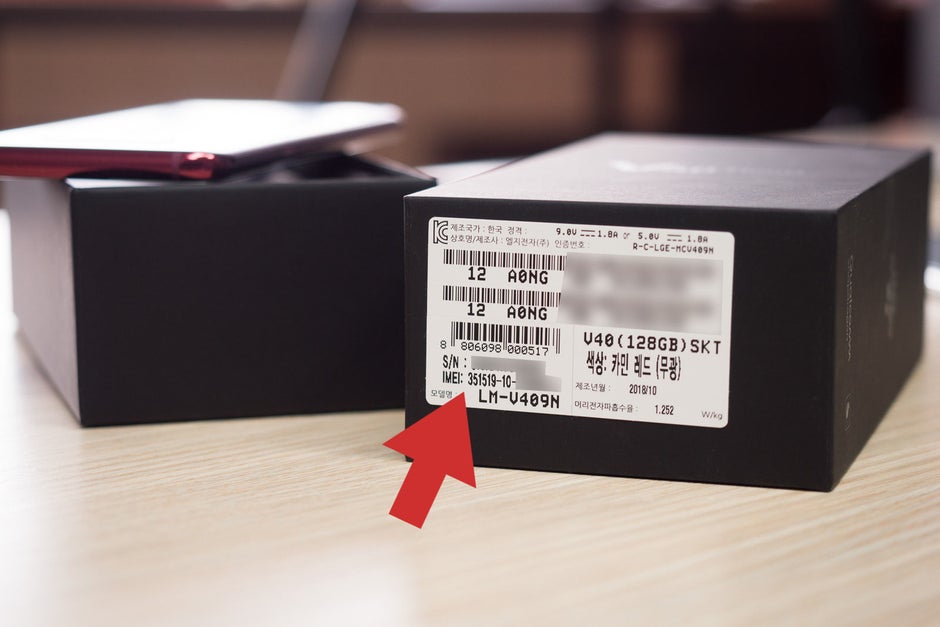Losing a phone can be a frustrating experience, but with the right tools and knowledge, you can increase your chances of recovering it. One valuable tool in this process is the International Mobile Equipment Identity (IMEI) number.
This unique identifier assigned to every mobile device can help track and locate a lost or stolen phone. By understanding how to leverage IMEI numbers effectively, you can take proactive steps towards recovering your device and safeguarding your personal information.
In this article, we will explore three key ways to use IMEI numbers for phone recovery, providing you with a valuable resource in the event of a lost or stolen device.
1. Understanding IMEI Numbers and Their Role in Phone Recovery

Understanding IMEI numbers are essential for phone recovery as they play a crucial role in identifying and tracking mobile devices. IMEI, which stands for International Mobile Equipment Identity, is a unique 15-digit code assigned to each mobile phone.
This number serves as a fingerprint for the device, allowing authorities and individuals to locate and recover lost or stolen phones. By leveraging IMEI numbers, phone owners can report their device as missing to their service provider, who can then block the phone from being used on any network.
Additionally, law enforcement agencies can use IMEI numbers to track down stolen devices and return them to their rightful owners. Overall, understanding the significance of IMEI numbers can greatly increase the chances of recovering a lost or stolen phone.
2. Steps to Take When Your Phone is Lost or Stolen: Leveraging IMEI Numbers

If your phone is lost or stolen, the first step to take is to locate your IMEI number, which is a unique code assigned to each mobile device. You can usually find this number by dialing *#06# on your phone or checking the original packaging.
Once you have the IMEI number, report the loss or theft to your mobile carrier and request that they blacklist the device to prevent unauthorized use. You can also contact your phone manufacturer to see if they can help track or locate your phone using the IMEI number.
Additionally, you should file a police report and provide them with the IMEI number, as law enforcement may be able to assist in recovering your device. It is also recommended to change any passwords linked to your lost or stolen phone, such as banking or social media accounts, to protect your personal information.
By leveraging the IMEI number and taking these steps, you can increase the chances of recovering your lost or stolen phone.
3. Best Practices for Using IMEI Numbers to Locate and Recover Your Phone

When it comes to using IMEI numbers to locate and recover your phone, there are several best practices to keep in mind. Firstly, it is important to have your IMEI number saved in a safe and easily accessible place, such as a secure online account or written down in a physical location.
Additionally, in the event of your phone being lost or stolen, it is crucial to report the incident to your mobile network provider and local authorities as soon as possible. This will increase the chances of your phone being located and recovered swiftly.
Furthermore, it is recommended to install tracking apps or software on your device to help pinpoint its location in real-time. By following these best practices, you can improve your chances of successfully locating and recovering your phone using its IMEI number.
Conclusion
In conclusion, leveraging IMEI numbers for phone recovery can be a highly effective strategy for locating lost or stolen devices. By understanding how to find and use your devices unique IMEI number, you can work with law enforcement, mobile carriers, and other relevant parties to track and potentially recover your phone.
Performing an IMEI check can also help you identify if a used phone has been reported lost or stolen before making a purchase. Overall, taking proactive steps to utilize IMEI numbers can greatly increase the chances of recovering a lost or stolen phone and safeguarding your personal information.

